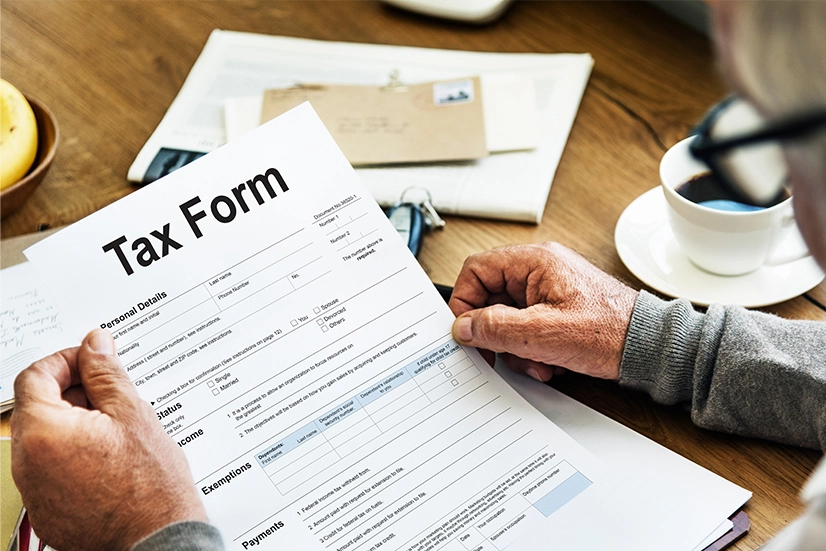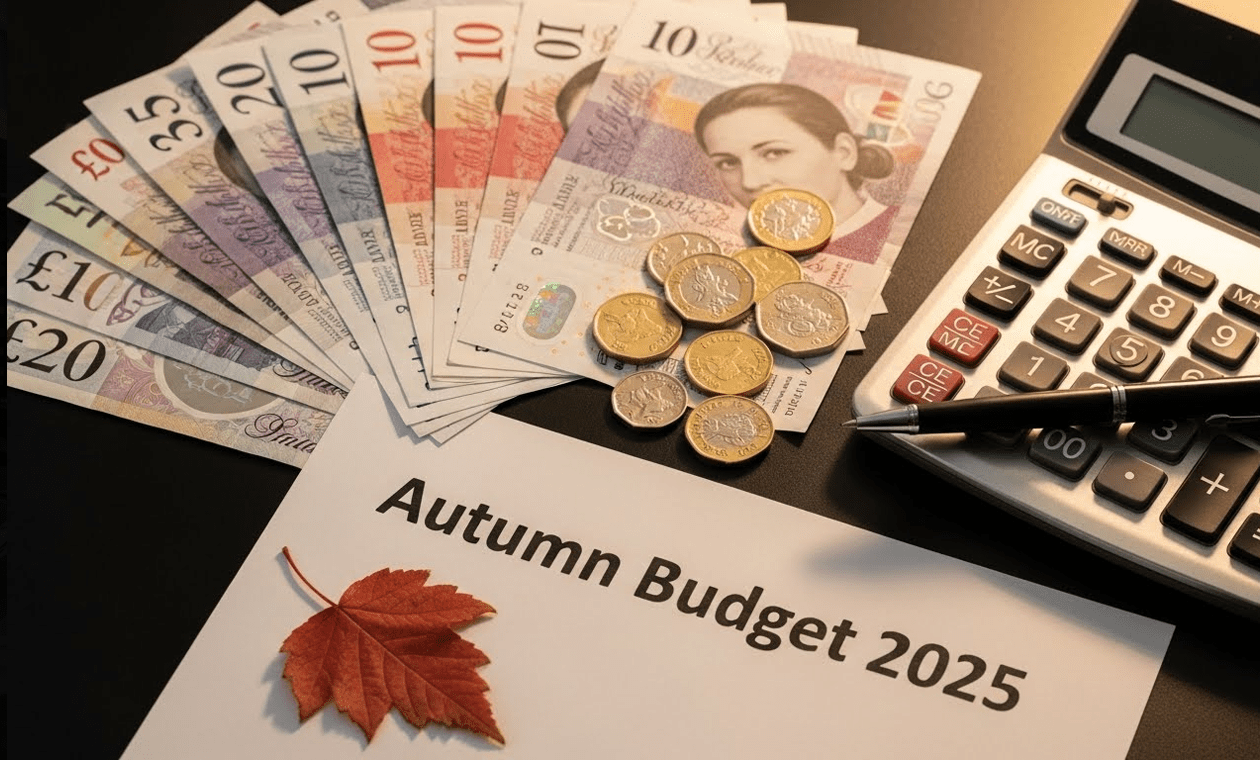Contents
Businesses in a tight financial situation may qualify for Entrepreneurs’ Relief, which can help them substantially save on their CGT when disposing of all or part of their company. This relief is now called Business Asset Disposal Relief, a great tax-saving tool, especially when you’re in the process of winding up. Learn more about it below.
What Is Business Asset Disposal Relief (BADR) 2025?
Business Asset Disposal Relief (BADR) is a huge tax break to consider if you plan to sell, close, or downsize your business, as it reduces capital gains tax (CGT) rate on your qualifying gains. Here’s generally what you need to know about this relief:
- It was renamed Business Asset Disposal Relief (BADR) in 2020.
- The BADR rate has increased to 14% from 6 April 2025, and then to 18% from 6 April 2026.
- It applies to individuals, including sole traders, partners, and certain shareholders. Not to limited companies.
- The lifetime limit for qualifying gains is £1 million.
- Eligibility is subject to specific criteria, including the length of time the business or assets were held.
Visit Tax Saving Tips UK guide for more information.

The 2024 Autumn Budget Changes
The Chancellor of the Exchequer introduced key updates to the Business Asset Disposal Relief (formerly Entrepreneurs’ Relief) in the 2024 Budget. The main changes include:
- Increase in the tax rate: Whilst Business Asset Disposal Relief (BADR) remains at 10% for 2024, it has increased to 14% from April 6, 2025, and will further increase to 18% from April 6, 2026
- Capital Gains Tax (CGT) changes: The lower rate has increased from 10% to 18%, whilst the higher rate has increased from 20% to 24%. However, BADR offers a lower rate for eligible businesses.
- Inheritance tax adjustments: From April 2027, inherited pension pots will be subject to inheritance tax to prevent them from being used as wealth transfer tools rather than for retirement
Lifetime Limits for Different Periods
Disposals made before 11 March 2020 have varying lifetime allowances:
- 6 April 2008 to 5 April 2010 — £1 million
- 6 April 2010 to 22 June 2010 — £2 million
- 23 June 2010 to 5 April 2011 — £5 million
- 6 April 2011 to 10 March 2020 — £10 million
- Disposals on or after 11 March 2020 — £1 million.
Contact HMRC if you are unsure about your eligible lifetime limit. To get personalised advice and strategies, consult with tax professionals.
How to Qualify for Entrepreneurs Relief
To qualify for Entrepreneurs’ Relief, you will generally need to have been involved with the business for at least two years. It depends on your situation, such as:
- Selling all or part of your business. You must have been a sole trader or partner for at least two years, owning the business for that duration.
- Closing your business. The same two-year ownership and trading period applies. You must also dispose of your business assets within three years after winding up and closing.
- Selling shares or securities. In this case, you need to have been an employee or officeholder for at least two years, with further rules for Enterprise Management Incentive (EMI) shares.
- Disposing of assets lent to the business. You must have sold at least 5% of your share in the business and owned the assets for one year before the sale.
Plan Ahead! In all cases, you must be mindful of the lifetime limit of £1 million on tax relief, and different rules apply for shares in personal companies and EMIs. Planning ahead can help you maximise your eligibility for the relief.
How to Claim Business Asset Disposal Relief (BADR)
You can claim Business Asset Disposal Relief (BADR) through your Self Assessment tax return. Specifically:
- You must report the disposal of the qualifying assets and claim BADR within your Self-Assessment tax return.
- HMRC provides guidance and helpsheets, including those related to Capital Gains Tax, which will aid in completing the correct sections of your return.
- Section A of the Capital Gains Tax summary pages within the Self-Assessment tax return are where you will claim the BADR.
Alternative Options If You Do Not Qualify
If you do not qualify for Business Asset Disposal Relief (BADR), you will pay the standard Capital Gains Tax (CGT) rates on your gains. Limited companies and individuals who do not meet the criteria, can explore other CGT-reducing schemes:
• Business Asset Rollover Relief
This relief allows you to defer paying CGT if you sell business assets and purchase new ones. It is beneficial for businesses reinvesting in their operations.
• Incorporation Relief
When you transfer your business into a limited company, Incorporation Relief can reduce your CGT liability. The tax on any gain is deferred until you sell your shares in the company, enabling a smoother transition to corporate structure without immediate tax concerns.
• Gift Hold-Over Relief
Gift Hold-Over Relief allows you to defer paying CGT when gifting certain business assets, such as shares or property. The tax is passed on to the recipient, who will pay it when they dispose of the asset, making it easier to pass assets between family members or business partners.
Seek Professional Help! Tax advisors can assess your specific situation and help you explore alternative tax reliefs if you do not qualify for Entrepreneurs’ Relief. These experts ensure you understand the full range of tax-efficient strategies tailored to your business needs.
FAQs on Entrepreneur Relief
Business Asset Disposal Relief (BADR) is designed to help individuals, not limited companies, who dispose of qualifying business assets. This includes sole traders, partners, and certain shareholders. Eligibility depends on meeting specific criteria, such as the length of ownership and involvement in the business. Financial difficulties or insolvency are not specific requirements for claiming BADR.
Non-residents can claim Business Asset Disposal Relief (BADR) if they meet the same qualifying criteria as UK residents, such as being a sole trader, business partner, or shareholder in a UK-based personal company.
Investors’ Relief is intended for external investors who are not actively involved in the day-to-day running of the business. Business Asset Disposal Relief (BADR) is for individuals who are actively involved in the business, such as business owners or partners.
To calculate your BADR liability, first, determine your capital gains by subtracting the purchase price and allowable costs from the sale price of the qualifying assets. Then, apply the 10% BADR rate to the eligible gains, up to the £1 million lifetime allowance. It is very important to note that the BADR tax rate will be increasing in the coming years.
First, calculate your gains by subtracting the purchase price from the sale price of each asset. Then, deduct allowable costs, losses, and your annual tax-free allowance. You pay 10% CGT on the remaining amount.
Get Expert CGT Guidance with Legend Financial
With the upcoming changes to tax rates, understanding the nuances of Business Asset Disposal Relief (BADR) is crucial. Anyone can be eligible for entrepreneurs relief 2024, as long as they are involved in the business for at least two years. There is also no limit to claiming relief, given you have not yet used up your lifetime allowance.
If you are unsure about your lifetime limit, eligibility criteria, or how to accurately claim BADR, Legend Financial is here to provide expert guidance. We have helped a lot of personal companies strategise their CGT obligations effectively for over twelve years. Talk to our CGT specialists today!











